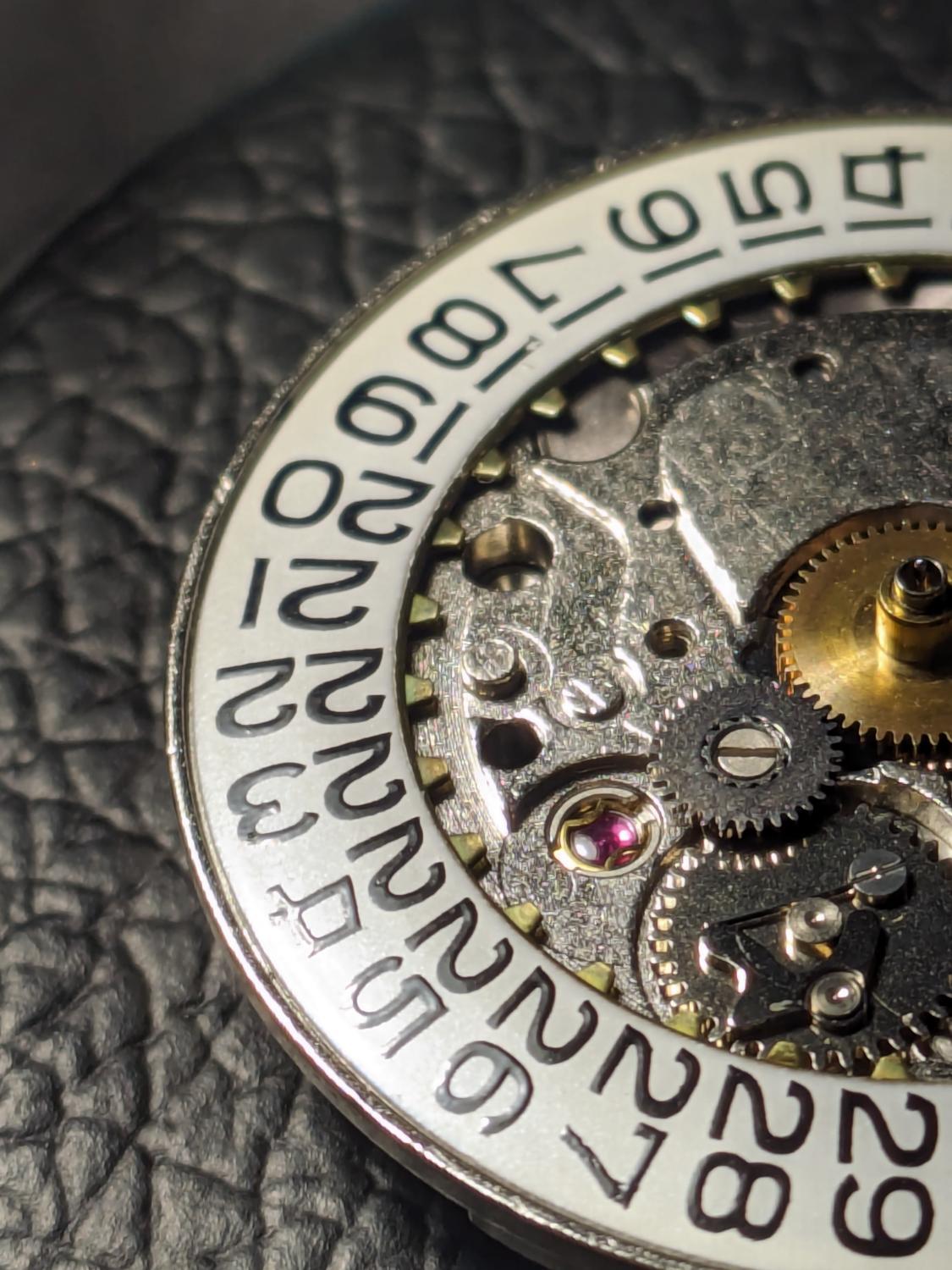Bad Previous Repairs
-
Recently Browsing
- No registered users viewing this page.
-
Topics
-
Posts
-
By Neverenoughwatches · Posted
That's probably why they line up then. Each day on a date ring is spaced at 360° ÷ 31 days, which works out to 11.613 ° or as near as, 2 days is 23.226° . Thats probably where the crown is postioned from 3 onwards on the original case. Positioned at 4 would be 360° ÷ (60 ÷5) = 30° Who has a seiko 5 and a protractor handy ? 😄 It looks like the crown is at 19 minutes, which I assume is where the 3.8 comes from . -
It does line up which makes me believe it's not actually @3.8, even the Seiko literature states @4. Edit Just realised my maths was wrong too and it would be 0.8 Degree out 🙈
-
As I understand it, the main reason for a copper strike is that copper plates better over most surfaces than nickel and provides better adhesion for the nickel. Not for showing defects, though it would do that. As the layer is very thin it doesn't require further work before further plating. If plating on well prepared brass, I don't think a copper strike would be worth the effort. I usually do a much thicker copper layer to fill defects. This does need refinishing back to shape. If doing this you may need to protect some parts such as threads, as too much copper build up can block them (as I know from experience 😲) You can grind the nickel away but it's hard work. I use a nickel removing solution and reverse electrolysis - takes a minute or two. I like the cork idea Rich. I have lots of corks around (as I do drink 🤪) and will be doing that in future
-
By Neverenoughwatches · Posted
Well spotted Andy, I missed out the 360° of a full dial divided the 4 minutes of an hour dial reposition. Should have actually been . 360° ÷ ( 60÷4 )= 24° . I must do better maths 😄. Still won't line up, 11.6° or multiples of would have. -
For small movements of any type and large ones where the stud has to fit into a hole of some sort, I stick the balance cock on its back to a steel bench block with a tiny bit of rodico, such that it overhangs the bench block. I Put the balance in such that I can lower the stud into its hole, and then because the cock overhangs the bench block I have access to tighten the stud screw underneath. Then remove the overhang and support the whole thing on its back if I have to close a regulator boot too. For pocket watches that have an easier receptacle for the stud, like Waltham's wedge shaped indent that a screw tightens down over, or Hamilton's style where the stud slots in from the side, I put the balance in its jewel on the plate then lower the cock over it. The studs on those tend to jump right into position then for the screw to be tightened.
-









Recommended Posts
Join the conversation
You can post now and register later. If you have an account, sign in now to post with your account.
Note: Your post will require moderator approval before it will be visible.